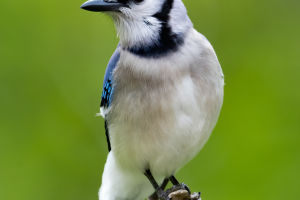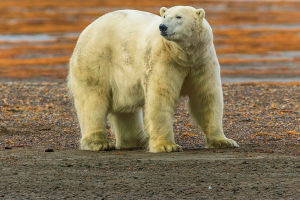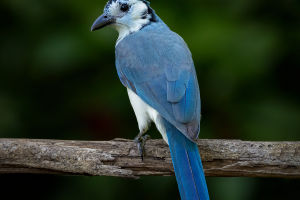Giraffes are the most unique among the even-toed ungulates, with primitive low-crowned teeth. They feed exclusively on tree leaves, as they cannot consume grass and have long tongues.
Shorthorns are present on their heads, covered with skin and fur. They are currently only found in Africa, with two genera and two species. Animals closely related to giraffes are other ruminants, such as cattle, sheep, and antelopes.
A study conducted in 2011 examined giraffes from a morphological perspective and described eight different species of giraffes:
1. Angolan Giraffe:
She als,o known as the Namibian Giraffe, is a subspecies of giraffe native to northern Namibia, southwestern Zambia, Botswana, and western Zimbabwe. It has larger patches on its fur, with sharp-edged protrusions along the edges. The patches extend from the legs and ankles to the underside of the head, with smaller patches on the top of the neck, buttocks, and white ears. There are about 13,000 Angolan Giraffes in the wild, with only about 20 in zoos worldwide.
2. Kordofan Giraffe:
Also known as the Central African Giraffe, it is a subspecies of giraffe found in northern Cameroon, southern Chad, the Central African Republic, and western South Sudan. Kordofan Giraffes are more minor, reaching only 5-6 meters in height. There are 65 Kordofan Giraffes in zoos.
3. Nubian Giraffe:
With square-shaped brown spots on a white background, this giraffe inhabits eastern Sudan and northeastern Congo. Approximately 1,500 Nubian Giraffes are in the wild, with around 450 in zoos.
4. South African Giraffe:
The spots of South African Giraffes sometimes appear circular. It is estimated that up to 31,500 individuals are in the wild, with 45 in zoos.
5. West African Giraffe:
Lighter in color, it is found in the Sahel region of West Africa. In the 19th century, West African Giraffes ranged from Senegal to Lake Chad, but by 2016, only 220 individuals remained in the wild, making it the rarest giraffe species.
6. Reticulated Giraffe:
It is found in northeastern Kenya and has reddish-brown polygonal spots separated by fine white lines forming a net-like pattern. Sometimes, the spots extend below the elbow joint, and males have medium-sized bumps on their heads. There are approximately 8,660 Reticulated Giraffes in the wild, with over 450 in zoos.
7. Thornicroft's Giraffe:
Also known as the Rhodesian Giraffe, it is only found in the Luangwa Valley region of eastern Zambia. Its spots are serrated or star-shaped and sometimes cover the entire legs. There are fewer than 550 Thorn Croft's Giraffes in the wild, with none in captivity.
8. Masai Giraffe:
It is the largest subspecies of giraffe in the world, native to East Africa, and currently found in southern Kenya and Tanzania. Its spots are highly unique, appearing as irregular zigzag or star-shaped patterns. There are 32,550 Masai Giraffes in the wild, with approximately 100 in zoos.
While giraffes exist, are there short-necked giraffes? In a sense, yes—they are called okapis. However, the scientific community only became aware of them in the 20th century. Initially, their classification was unclear, with some placing them in the horse genus.
Lankester proposed that they belonged to an unknown genus within the giraffe family and named it Okapia, assigning a Latin name to the species. It wasn't until 1986 that phylogenetic analysis finally confirmed their close relation to giraffes, one of the two extant genera in the giraffe family.


